
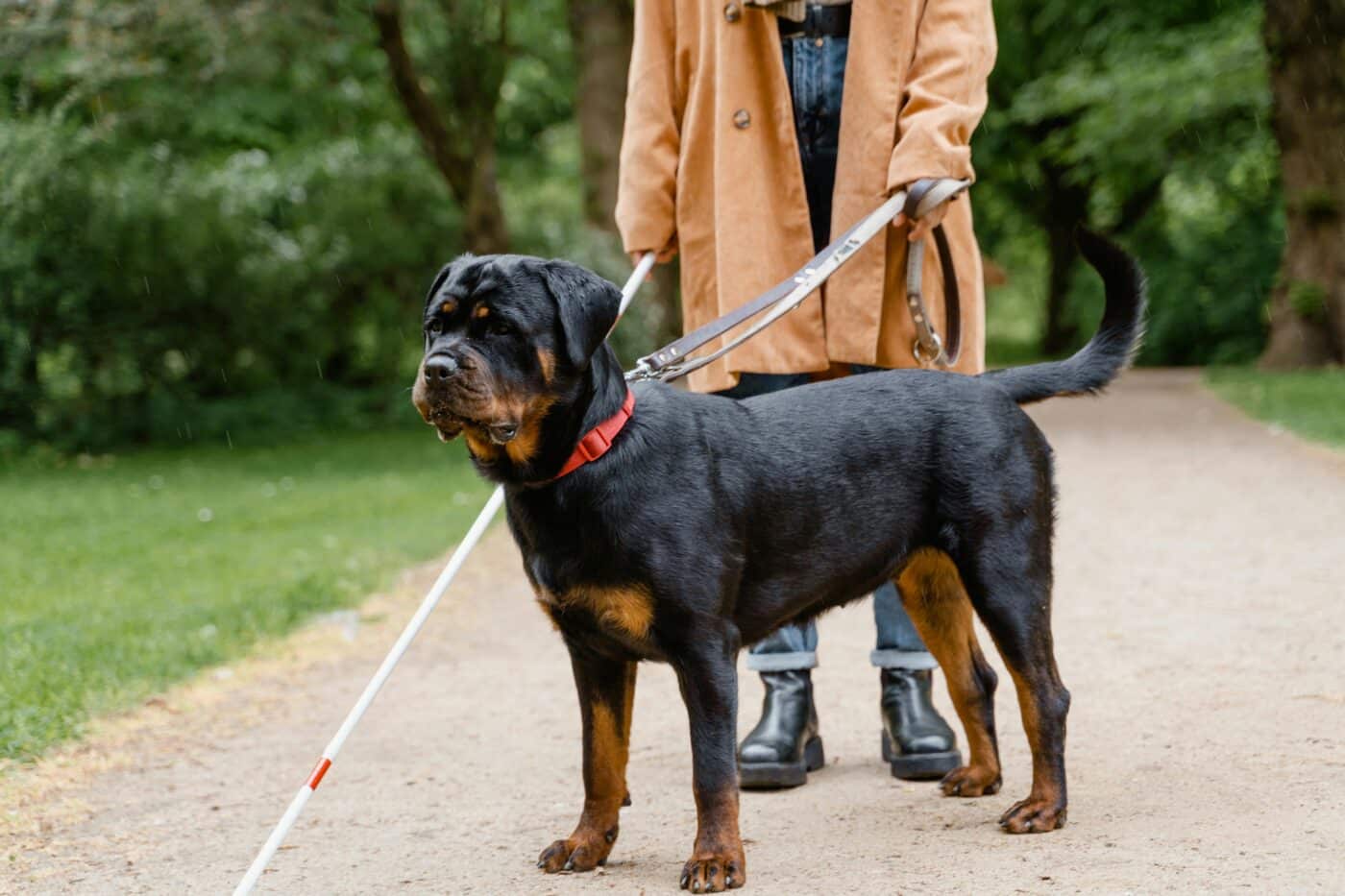 Shutterstock
Shutterstock
Dogs are known for their loyalty and companionship, but their intelligence is often underestimated. Many people don’t realize just how smart dogs are or the surprising behaviors they exhibit that reveal their cognitive abilities. Dogs are capable of problem-solving, emotional intelligence, and even creative thinking—traits that make them stand out as some of the most intelligent animals around. From reading our body language to learning complex commands, these dogs continuously surprise us with their adaptability and understanding of the world.
Recognizing Human Emotions
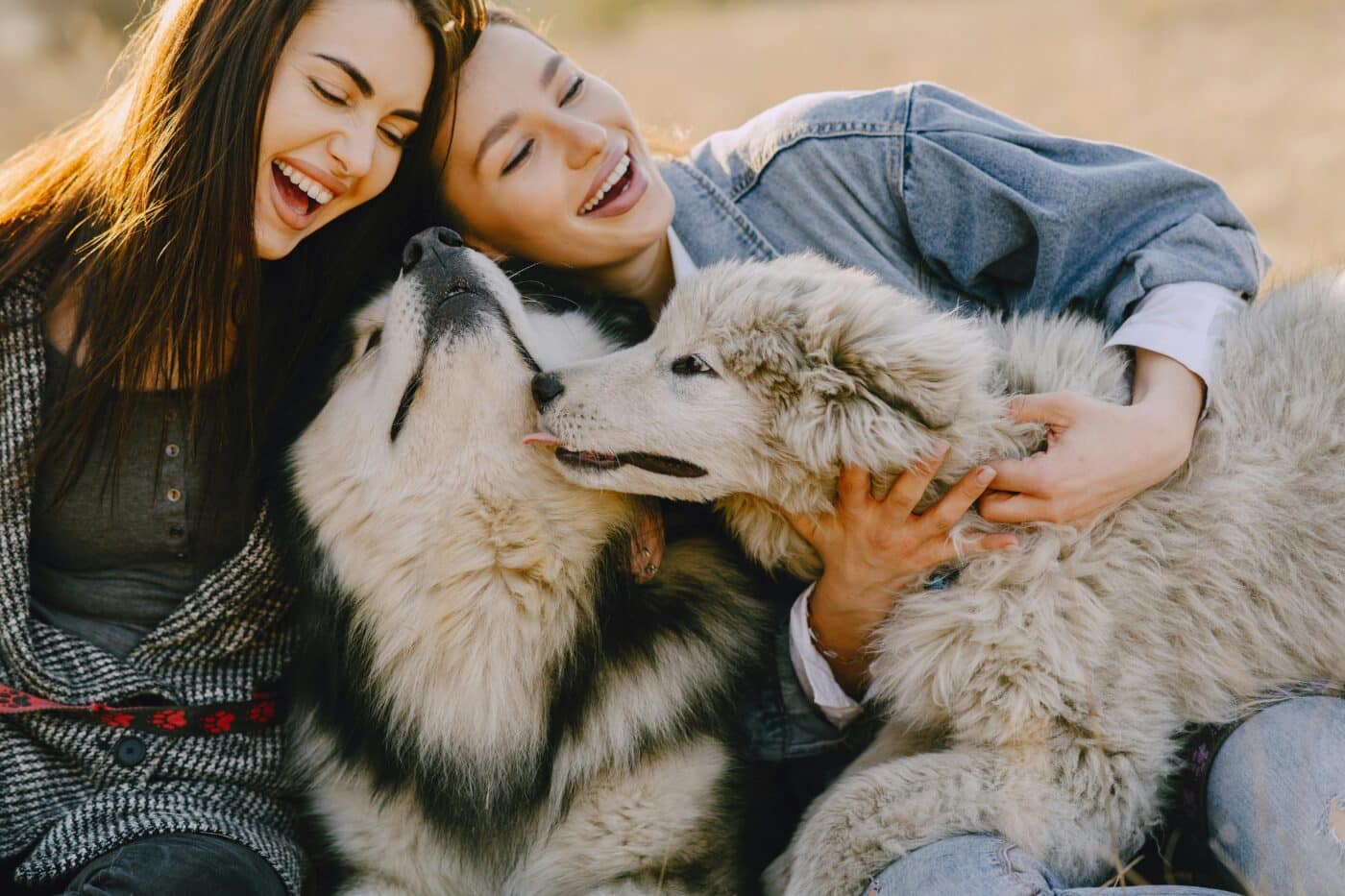 Shutterstock
Shutterstock
One of the most amazing things dogs do is recognize and respond to human emotions. Dogs can tell when their humans are happy, sad, or even stressed, often offering comfort in times of need. Research has shown that dogs read facial expressions and tone of voice to gauge their mood, and they often mirror these emotions. A dog might nuzzle or lean into someone who’s feeling down, showcasing their emotional intelligence. This empathetic response is not just heartwarming; it’s a testament to the deep connection they feel with us.
Understanding Pointing and Gestures
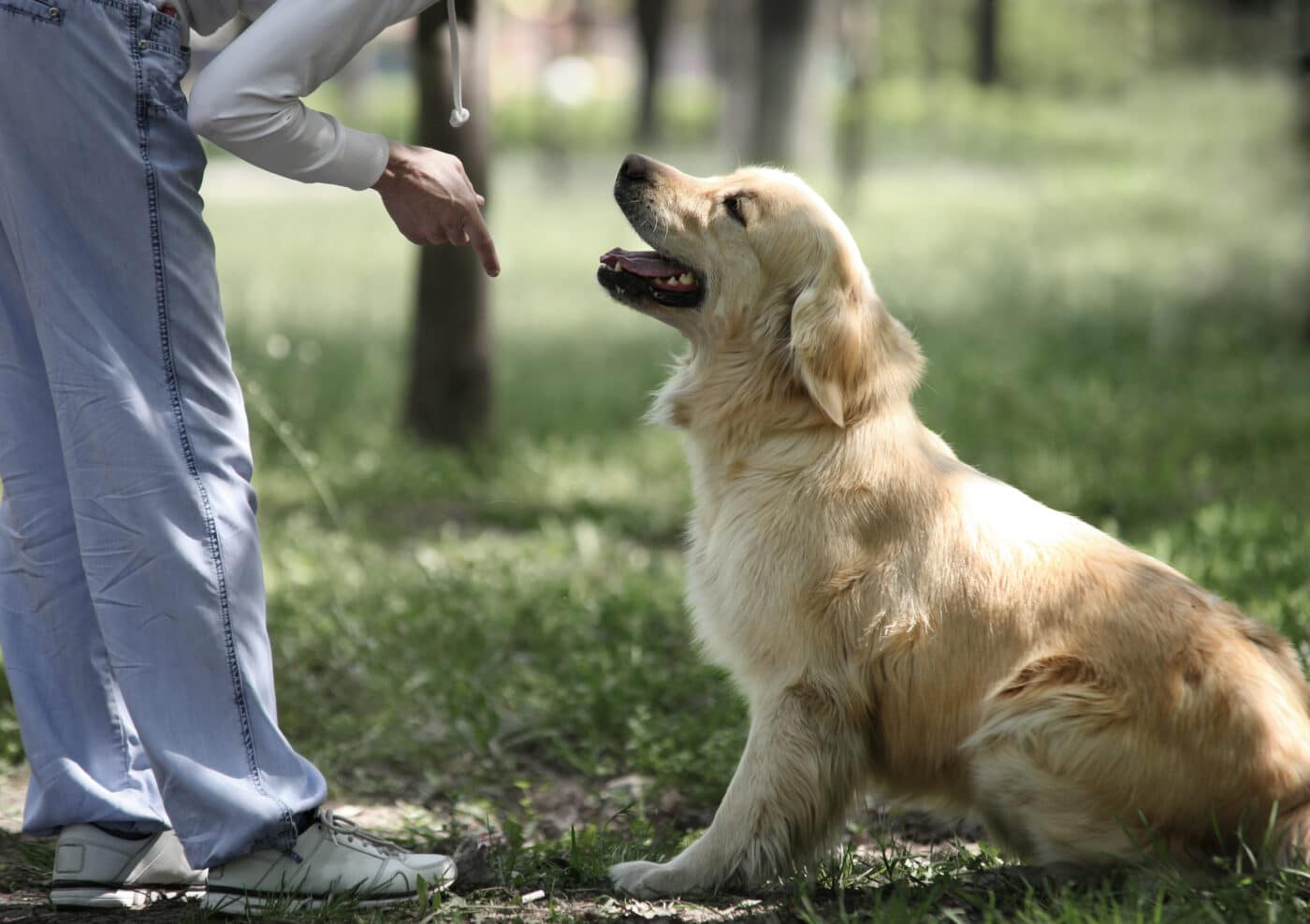 Shutterstock
Shutterstock
While pointing seems like a simple action to humans, it’s actually a complex behavior for animals to understand. Dogs are one of the few species that can interpret human pointing gestures. If you point to an object, your dog can follow the gesture to find what you’re indicating, which showcases their ability to understand intent. This skill is not instinctive; dogs have learned to interpret human signals over thousands of years of cohabitation. Their ability to understand pointing makes them unique and shows their adaptability in communicating with us.
Following Complex Commands
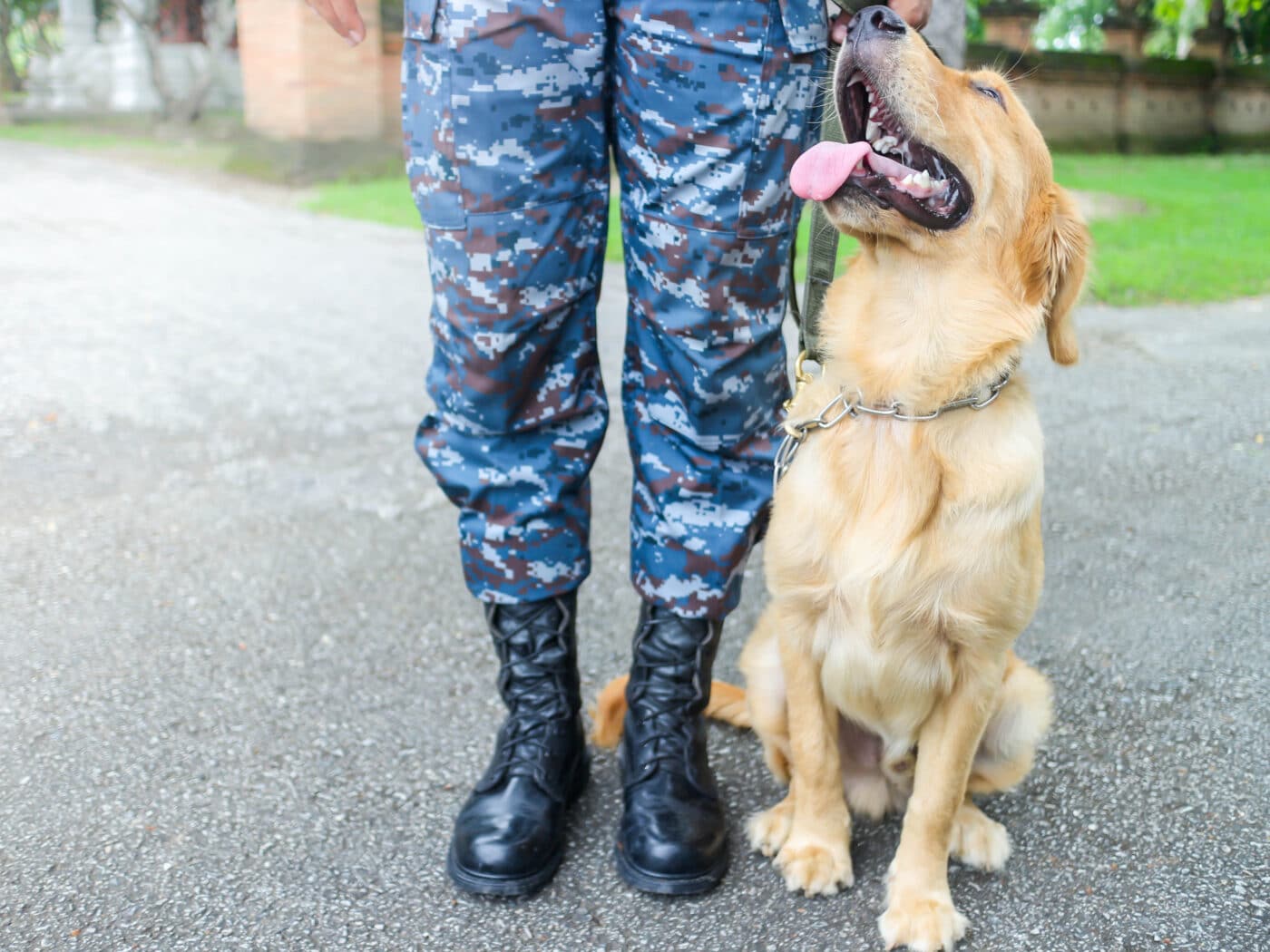 Shutterstock
Shutterstock
Dogs are often trained to follow basic commands like “sit” or “stay,” but their ability to understand complex sequences of commands reveals a higher level of intelligence. Certain breeds, like Border Collies and German Shepherds, are especially skilled at learning intricate tasks, such as retrieving specific objects in order. Dogs can even remember multiple steps in a sequence, proving they have memory and comprehension skills that rival those of young children. Their ability to follow detailed instructions highlights their mental flexibility and eagerness to please.
 Shutterstock
Shutterstock
Believe it or not, dogs have shown an impressive ability to solve puzzles and, in some cases, even use simple tools. Puzzle toys are popular for dogs because they stimulate their problem-solving skills, and many dogs can learn to manipulate objects to reach treats or achieve goals. Some dogs have even been known to open doors or manipulate objects in their environment to get what they want. This behavior indicates their intelligence in assessing situations and figuring out how to achieve their objectives, which requires both cognitive skills and creativity.
Remembering and Recognizing Names
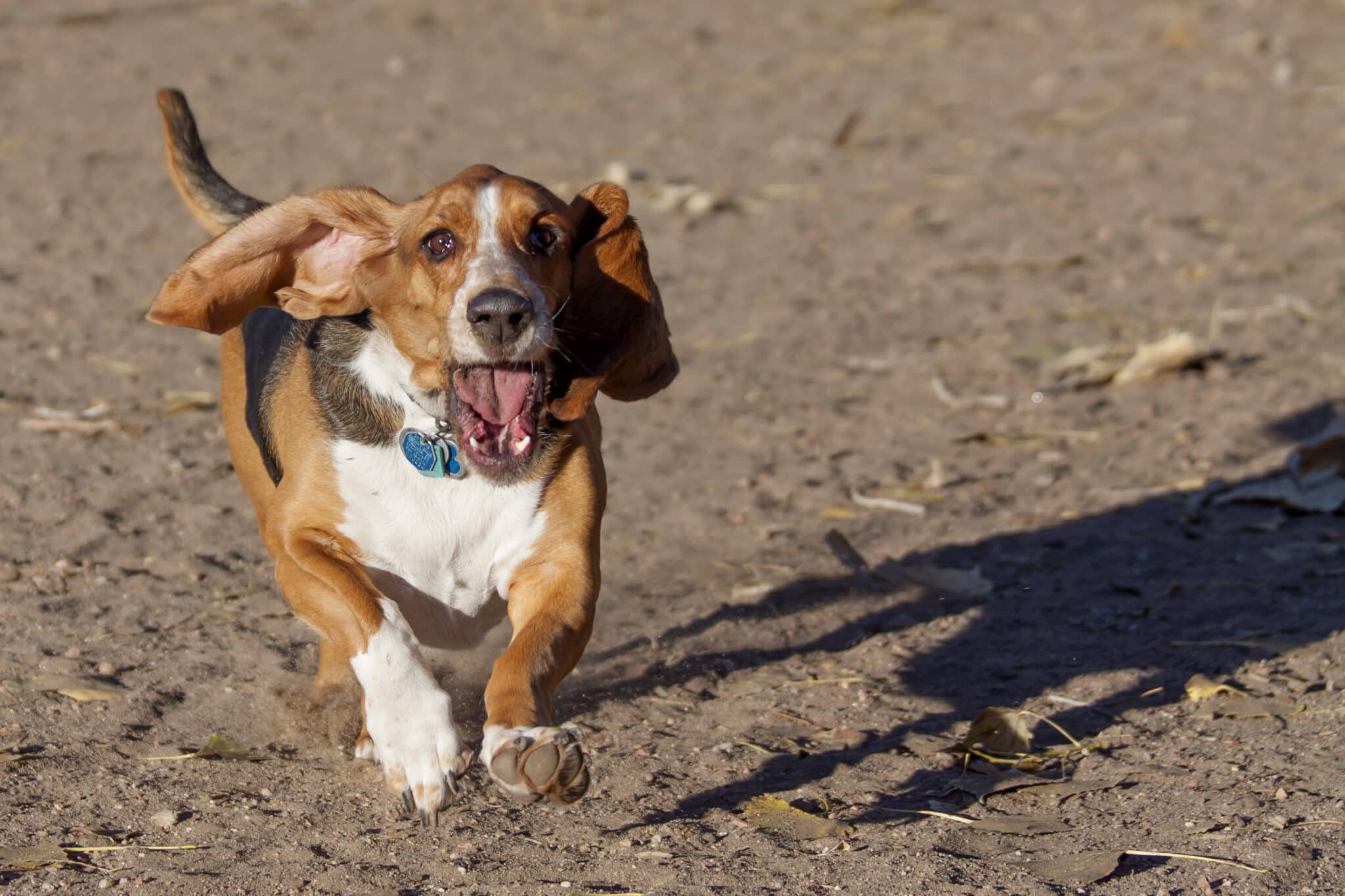 Shutterstock
Shutterstock
Dogs have an incredible memory, and many can recognize the names of people, other dogs, and even toys. They can learn dozens, even hundreds, of words if they’re trained to do so. Some dogs can fetch specific toys by name, and others recognize the names of family members and react accordingly. This memory skill showcases their advanced learning abilities and the strength of their associative memory. When a dog remembers a name, they’re not just following commands—they’re demonstrating an understanding of unique identifiers.
Exhibiting Self-Control
 Shutterstock
Shutterstock
Self-control is a surprisingly advanced cognitive trait, and many dogs are capable of demonstrating it. Some dogs, for instance, can perform the famous “leave it” command, refraining from eating a treat or chasing after something they want until they’re given permission. This ability to wait and resist impulses is a hallmark of self-control, something not commonly seen in animals. Self-control reveals a dog’s ability to manage their instincts, showing they can understand delayed gratification—an impressive skill for any creature.
Reading Body Language
 Shutterstock
Shutterstock
Dogs are masters at reading human body language, often interpreting subtle cues that reveal what we’re about to do or how we’re feeling. They can sense when we’re anxious, calm, or excited, and they often respond accordingly. For example, a dog might bring their owner a toy when they sense boredom or sit calmly beside them when they’re stressed. This skill comes from years of domestication and adaptation, proving that dogs are highly observant and attuned to nonverbal communication. Their attention to body language allows them to bond more closely with humans.
Displaying a Sense of Fairness
 Shutterstock
Shutterstock
Some studies have shown that dogs possess a sense of fairness, an advanced trait typically seen in primates. When two dogs are treated differently in terms of rewards, the one receiving less might show signs of frustration or even refuse to continue. This reaction indicates that dogs understand the concept of fairness and equality. For instance, if one dog gets a treat and another doesn’t, the slighted dog may appear annoyed or seek attention. Recognizing unfair treatment reveals a complex understanding of social dynamics, highlighting their capacity for social intelligence.
Showing Empathy for Other Dogs
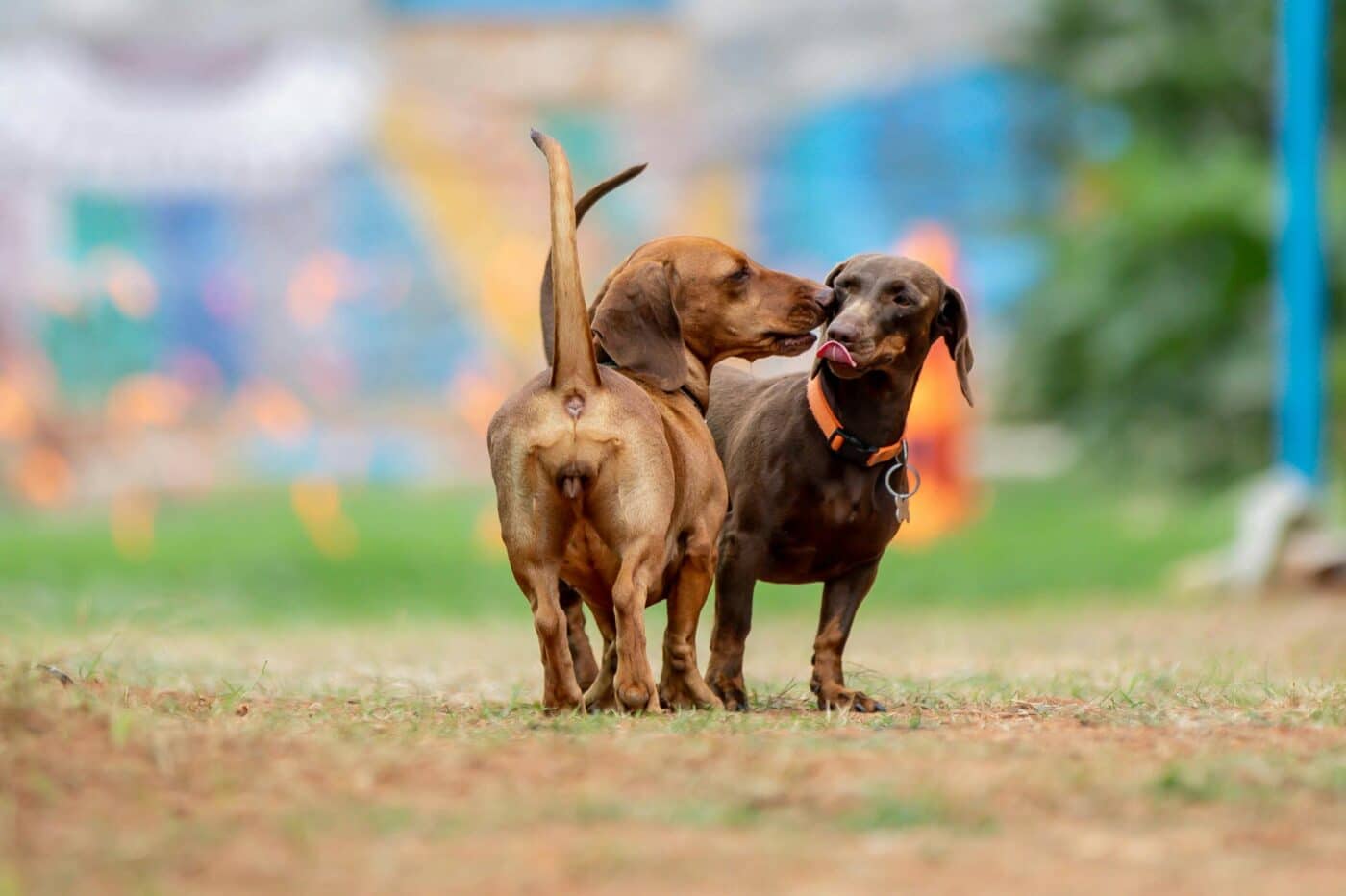 Shutterstock
Shutterstock
In addition to understanding human emotions, dogs can empathize with each other. If one dog is injured or anxious, others may show concern, approaching cautiously or offering physical comfort. This display of empathy is not commonly seen in many animal species and demonstrates dogs’ capacity for emotional depth. They don’t just empathize with humans; they’re capable of extending this sensitivity to other dogs, which speaks volumes about their ability to form bonds and understand the feelings of others.
Learning from Observation
 Shutterstock
Shutterstock
Dogs are quick learners and often learn behaviors by observing humans or other dogs. If a dog sees another dog opening a gate or solving a puzzle, they may attempt to mimic the behavior. Dogs have also been known to pick up habits from their owners, like opening doors or watching TV. This observational learning showcases their cognitive skills, as they’re not simply following commands but actively understanding and imitating behaviors. Learning by watching others indicates a level of intelligence that goes beyond instinct and into reasoning.
Remembering and Navigating Locations
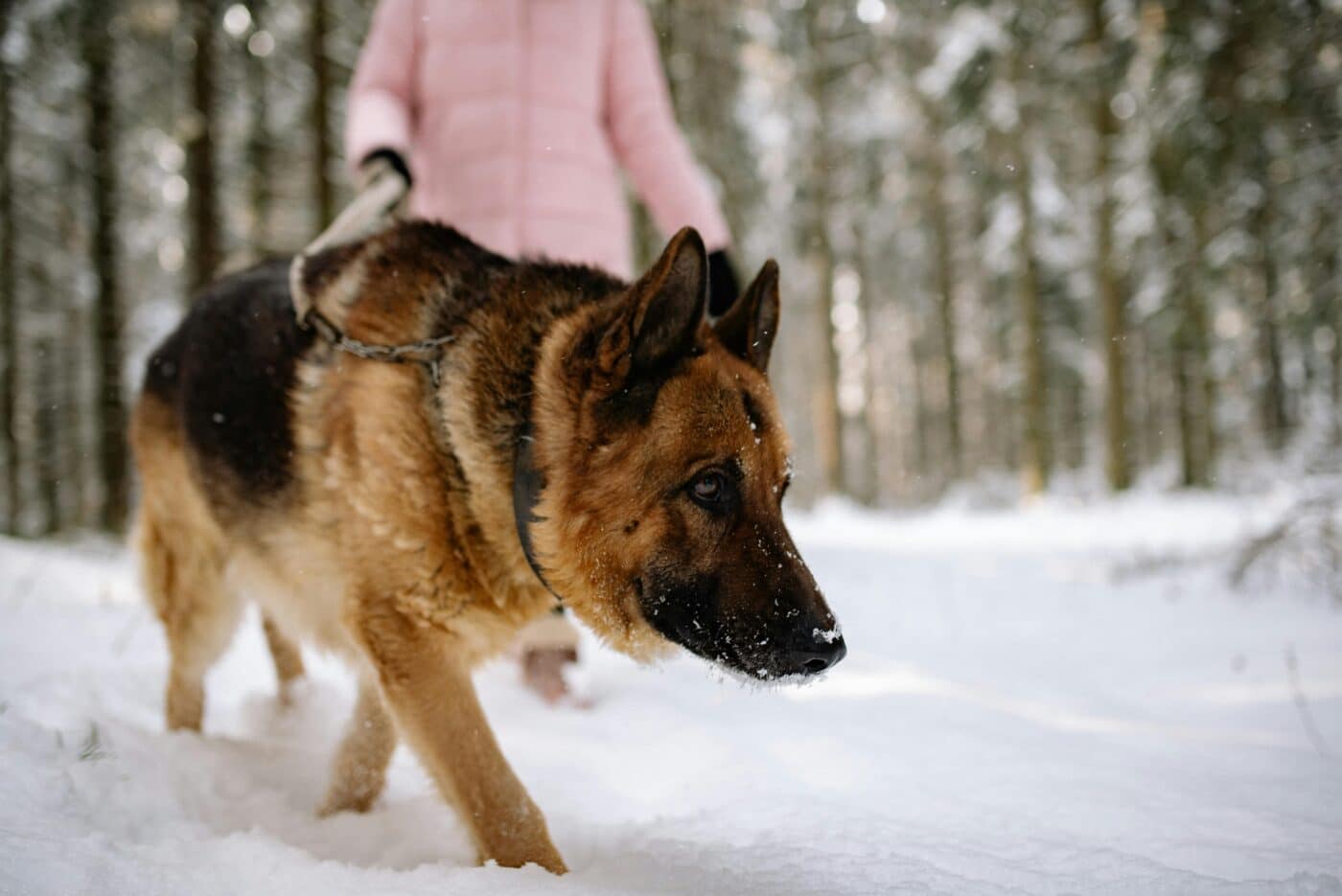 Shutterstock
Shutterstock
Dogs have an impressive memory for locations and can remember places and routes, even if they haven’t visited them in a while. If you take your dog to the same park frequently, they’ll likely remember the way there and even recognize specific spots. This spatial memory is also useful for dogs in unfamiliar environments, where they can often find their way back or recognize paths they’ve traveled before. Their sense of direction and memory for locations reveal an advanced understanding of spatial awareness and environmental cues.
The Einstein of the Animal World?
 Shutterstock
Shutterstock
From reading our emotions to solving puzzles and recognizing fairness, dogs constantly amaze us with their intelligence and emotional understanding. They’re far more than just loyal companions; they’re perceptive beings who bring insight, joy, and depth to our lives. Each clever thing they do is a reminder of their remarkable capabilities, showing us that there’s much more going on behind those expressive eyes. So, the next time your dog impresses you with a smart move, remember—you might just have an Einstein of the animal kingdom right by your side!
Discover more from reviewer4you.com
Subscribe to get the latest posts to your email.





